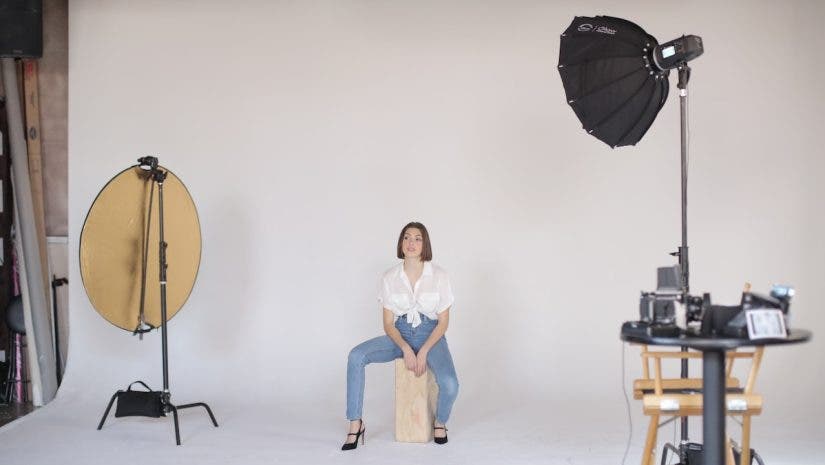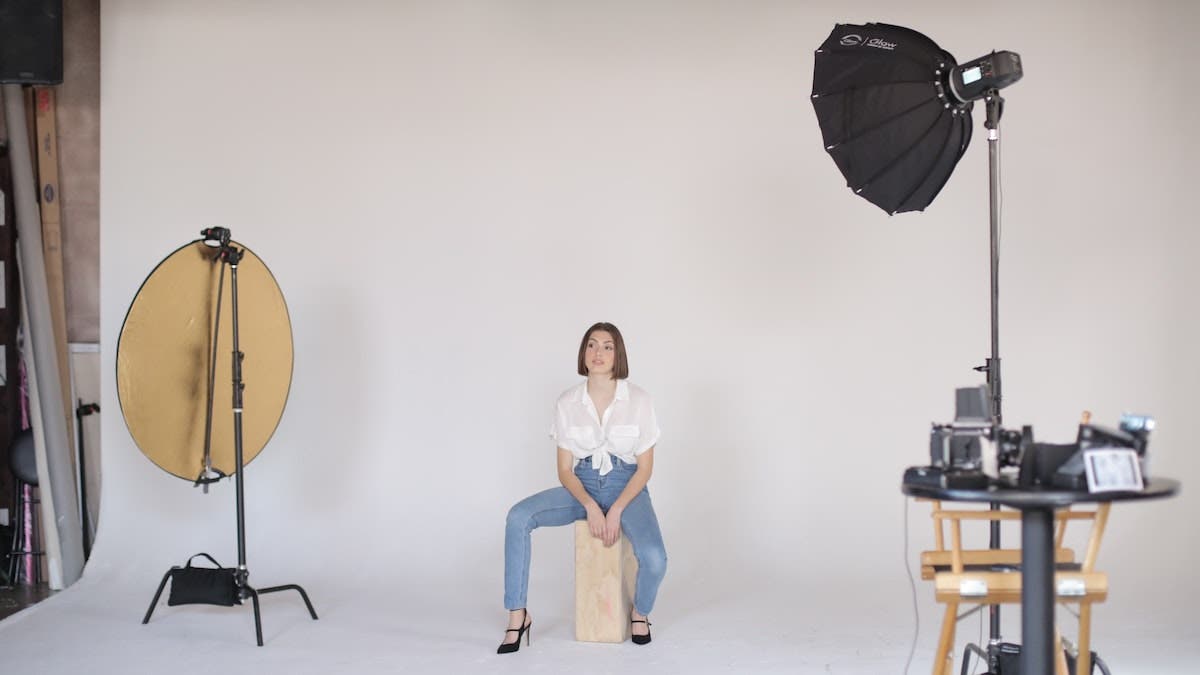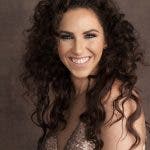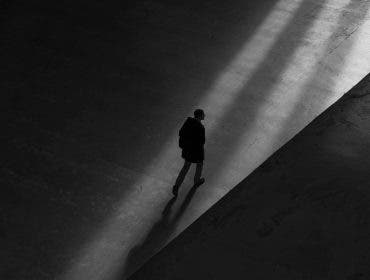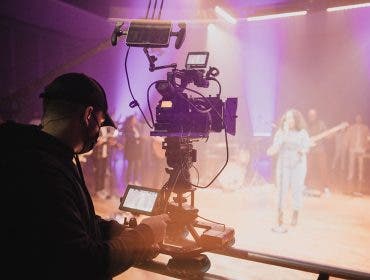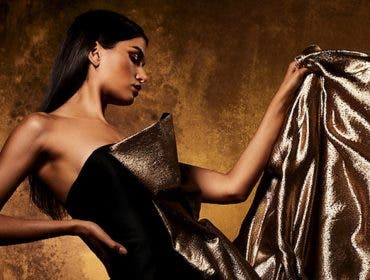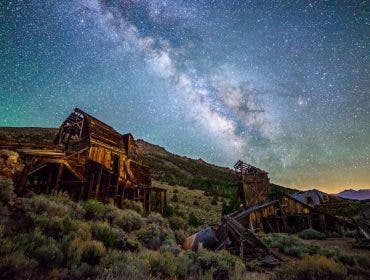As photographers, we often focus our attention on the more “glamourous” tools of photography including cameras, lenses, strobes, and modifiers. Don’t get me wrong — those things are important. Although, there are many other photography studio equipment that are essential to make a shoot work.
While natural light shooters have a few key tools they use over and over again, when moving into the studio you’ll realize the endless specialty items available to make your job easier.
If you haven’t worked for another photographer — or spent a lot of time in a studio — you may not know where to start when it comes to these specialty tools. In this article, I’m going to share my top 10 pieces of grip and other photography equipment that I believe would benefit every studio.
You may not need all of these tools right now. But, in the future, you’ll see how they can save you time and effort.
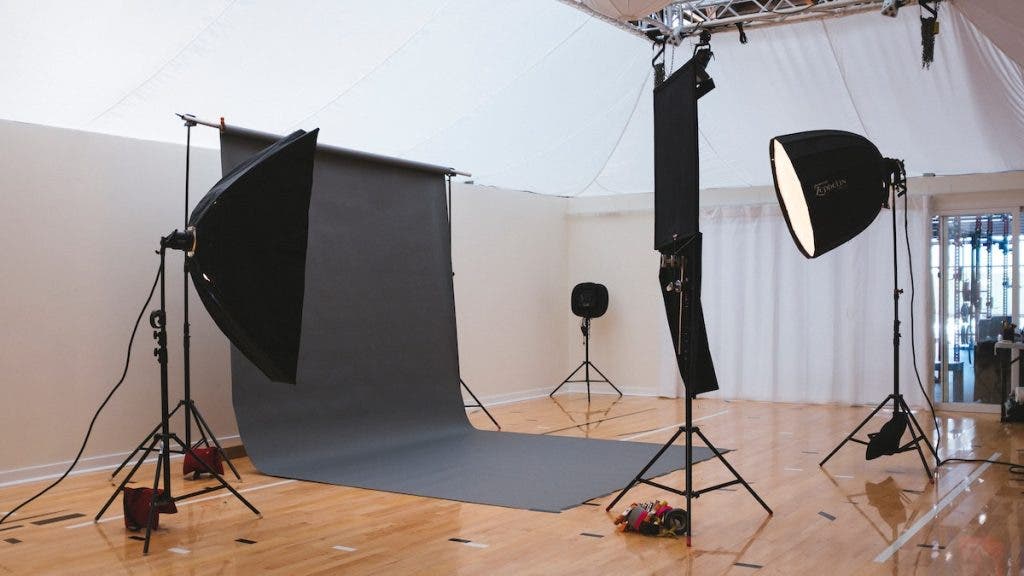
C-Stand
Whenever you need to support more weight or have more stability, a C-stand is the right choice. These larger stands are a must if you have a heavier modifier (for example, an Octabox) or need to have a light boomed out overhead of your subject. A standard stand just won’t cut it!
C-stands are much heavier, less portable, and more expensive than standard stands. Although, when it comes to safety, you’ll pretty much always want your main stand to be a C-stand or Roller Stand.
C-stands (short for “century stands”) are a staple of any studio. Plus, it’s not just about the safety of your subjects. When you invest in studio lighting, you won’t want to attach that to a cheap, lightweight stand that is certain to topple over and break your gear.
Sandbags and “Pumpkin Heads”
These are two categories of weights are an important way to stabilize your stands and equipment.
When using a C-stand with an arm, you will want to put a sandbag on the tallest leg of the stand with the weight of the arm aligned out over that larger leg. This is the most stable position. I recommend grabbing a couple 25 lb. — or (minimum) 15 lb. — bags.
When using a larger arm (like a mini-boom or other option), you will need to use a counter weight to help balance out the weight of a heavier modifier. This balance can be achieved in a few ways, including a “pumpkin head” (nicknamed for its orange color and round shape) which can attach to the arm itself for balance.
Knuckle / Grip Head
A grip head (commonly know as a knuckle) is a versatile tool for attaching things to a C-stand.
For example, a C-stand arm will attach to the stand itself using a grip head. These knuckles can be used to attach a wide range of items including clamps, Cardellini clamps, reflectors, foam core, flags and more.
Boom Arm / Mini-Boom
A mini-boom is a powerful tool to allow you to adjust and boom your light out into a scene without the stand getting in the way. Having a telescoping mini-boom is great when trying to achieve paramount lighting, or perhaps a light elevated above the subject’s head.
While a C-stand arm is good for smaller modifiers — or when just slightly booming a light — you will need a mini-boom (or larger) if using a sizable modifier or you want lighting from top-down on your subject.
Most boom arms also have a hook on the end of the arm that allows you to attach counter weights and sandbags for improved stabilization.
Flags
A flag is used to block light. You can buy collapsible flags in a kit (Westcott flag kit) or more traditional flags (Manfrotto 24×36 flag) to block light off of the floor, background, or subject. They are also great for reducing unwanted reflections or negative fill for deeper shadows on the subject.
Some flags are somewhat translucent (nets) to allow some light to pass through. A flag can attach to a C-stand or C-stand arm by securing it to a knuckle or grip head.
Cardellini Clamp
These clamps are available in a variety of different sizes. They are great for “holding things.” You can use them to secure a piece of foam core, cinefoil, a reflector, and even support a scrim.
Large Cardellini clamps (3” to 6” for example) can even be used to hold a background. Cardellini clamps are usually attached to a C-stand using a knuckle or grip head.
Roller Stand
It is a great benefit to have your main light on a rolling stand because you can make tweaks to the position of your light without a lot of effort. A C-stand (with a sandbag) can be heavy, awkward, and cumbersome to move. Having a roller stand makes moving the light effortless. This helps you achieve more precise lighting results.
Furthermore, roller stands come in a variety of sizes with different width of the bases. The wider bases create extremely stable results and are mobile.
Apple Boxes
Apple boxes are great for anything that needs to be propped up or supported temporarily. They can act as a step, seat, to prop furniture, or to balance out part of the scene. It is hard to describe all the ways apples boxes can be used.
Most often, I use them if I just need a little more height above my subject, or if I need to sit on the ground but want to be slightly above ground-level.
Apple boxes come in different sizes based upon their height. There’s usually full, half, quarter, and pancake. You can even buy nesting apple boxes that contain different sizes within a single box for portability and condensing space in a smaller studio.
Autopoles
Autopoles are versatile poles that can be used as background stands, supporting lighting, and more. It can be freestanding using a tripod base or use tension to connect between the floor and ceiling.
In many instances, a standard background stand will be sufficient. However, autopoles become an invaluable tool when working with greater heights or when you want to limit the space taken up by stand legs.
For example, if working in a small space, you can’t usually get your stand flush to a wall because of the tripod legs — autopoles remove this limitation. Since I have used autopoles for my backgrounds in the studio, I have never looked back!
Floor Stands
Photographers often only focus on getting larger and more stable stands, but forget the benefits of very small and compact stands. Floor stands sit low to the floor and are perfect any time you need light at a lower angle, hidden directly behind your subject.
I use floor stands primarily for two reasons. First, I use them when I need a fill light in front of my subject and below eye level to create clam shell lighting. Next, I use them when I want to light the background by centering a light behind my subject. Once you have one, I guarantee you will reach for it often!
As you can see, this photography studio equipment won’t necessarily “make the shot.” But this gear will make your life easier. Be sure to check out my YouTube videos on AdoramaTV for more gear breakdowns, behind-the-scenes fashion shoots, and much more.
